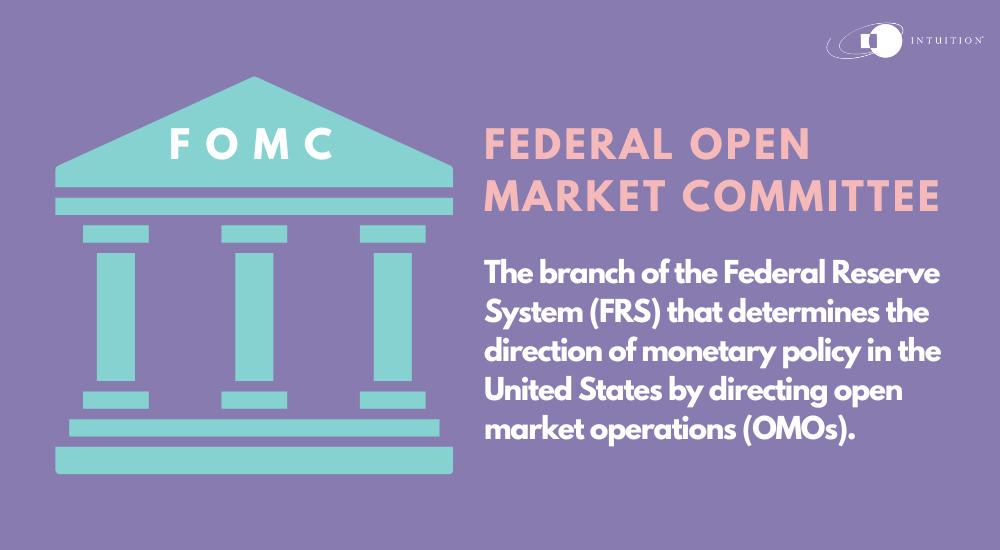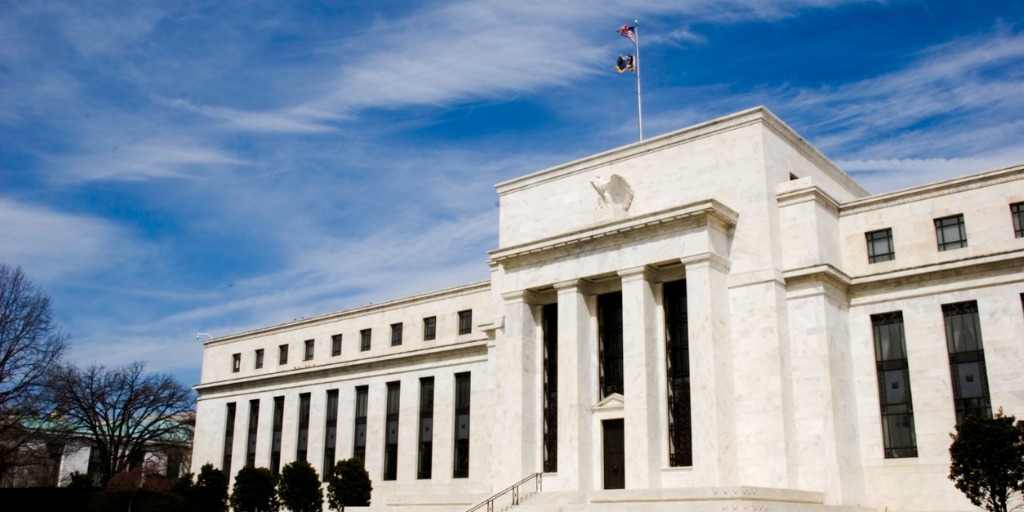Inflation divergences: Implications for monetary policy
Inflation dynamics across developed economies are diverging. US inflation data has come in “hot” so far in 2024, but inflation in Europe has eased, falling short of expectations. While the Fed is opting to look through the data for now and sticking to its guidance for policy easing to start this year, any further bad data will test the Fed and the markets. The ECB appears to be facing no such dilemma, with easing expected to start in earnest in June, though the divergence itself is a potential obstacle.
Markets breathed a sigh of relief in December when the Fed signaled a reversal of the interest rate hiking cycle that was required to tame the post-pandemic wave of inflation. The policy tightening that began in early 2022 was one of the steepest on record, taking rates from effectively zero to 5.25-5.5%. While no further hikes were priced in at the time of the December Federal Open Market Committee (FOMC) meeting, investors had come to expect a “higher-for-longer” regime per the Fed’s previous guidance. Therefore, when Fed Chair Jerome Powell announced after the meeting that the committee projected rate cuts in 2024, it took markets by surprise. Equities and bonds rallied hard into the end of the year. The bond market even got well ahead of the Fed “dots” that were projecting three cuts in 2024 and was pricing in up to seven cuts this year.

Hot US data throws wrench in easing path
US inflation data so far in 2024 has broken with the December script, coming in hotter than expected, with two consecutive core CPI readings above 3% year-on-year in January and February. US Treasuries have reversed all the post-Fed gains and are markedly in the red for the year. Equity markets, on the other hand, have shrugged off the inflation data, extending a powerful rally that began in October, with equity investors more focused on strong data and the AI boom.
By the March FOMC meeting, fears of a more hawkish Fed had crept back into markets on the back of the hot inflation data. Instead, Powell came out dovish again, saying that the FOMC saw these inflation readings as a blip, after which inflation should resume its downward path. His comments provided further fuel for the rally in risk assets. In a sense, though, all that happened is the market realigned with the FOMC, with both now pricing in three cuts for the year.
In the wake of the March press conference, Powell and other FOMC members have sought to temper the market’s hopes, stressing the need for greater confidence that inflation is moving toward the 2% target. Amid the confusion, some analysts now outline a scenario where the Fed does cut at the June meeting, but that it is a one-off rather than the beginning of an easing cycle.
European data paint opposite picture
As US policymakers grapple with still sticky inflation, data in Europe has been heading in the opposite direction. Eurozone inflation in March fell to 2.4% year-on-year, a fourth consecutive decline that brings inflation tantalizingly close to the ECB’s 2% target.
Outside the eurozone, data has been mixed. Switzerland has seen inflation collapse to 1%, while UK inflation is declining but still elevated, standing at 3.4% in February (the latest reading), with services inflation still uncomfortably high at 6.1%.
While analysts have pointed to some spots of sticky services inflation in the Eurozone data too, the overwhelming consensus is that the data is on aggregate more than dovish enough to satisfy the ECB’s criteria for easing to start in June. However, the prospect of a diverging monetary policy path compared with the US is a potential obstacle.
Policy divergence implications
While monetary policy coordination is not officially part of central bank mandates – typically a single mandate of price stability or, in some cases (such as the US), a dual mandate of price stability and maximum employment – policymakers are aware of the commotion in markets that divergent monetary policy can cause. A pronounced divergence whereby the ECB embarks on a cutting cycle while the Fed is limited to a single cut (per the scenario outlined above) would almost certainly lead to further strengthening in the US dollar. This would in turn cause problems elsewhere, notably for the more vulnerable emerging markets that rely on dollar funding.
In such a scenario, the euro and other currencies could also weaken beyond levels deemed desirable by the relevant policymakers. This would echo what we are currently seeing in Japan, where some policymakers are concerned about the yen’s persistent slide, driven by the stark policy divergence versus other G10 economies since 2022. A chief concern is the so-called yen carry trade, where investors borrow yen at low interest rates to invest in higher-yielding assets elsewhere. Not only does this exacerbate yen weakness, but it also sets the stage for future instability when the carry trade unwinds.

Conclusion
To sum up, the US inflation outlook is decidedly murky, creating uncertainty both for policymakers and investors. Eurozone data is unequivocally dovish. Taken on its own, this should – per the ECB mandate and guidance – pave the way for a cutting cycle. However, the prospect of policy divergence is a potential fly in the ointment. Some analysts believe the ECB will not want to embark on aggressive cuts without the Fed onboard, leaving interest rates in Europe higher than they “should” be according to the ECB mandate. The best-case scenario, of course, is that US data comes to the rescue and inflation resumes the downward path, as projected by the FOMC.
Intuition Know-How has a number of tutorials relevant to the content of this article:
- Monetary Policy
- Economic Indicators – An Introduction
- Inflation – An Introduction
- Equity Markets – An Introduction
- Bond Markets – An Introduction
- Financial Authorities (US) – Federal Reserve
- Financial Authorities (Europe) – ECB


